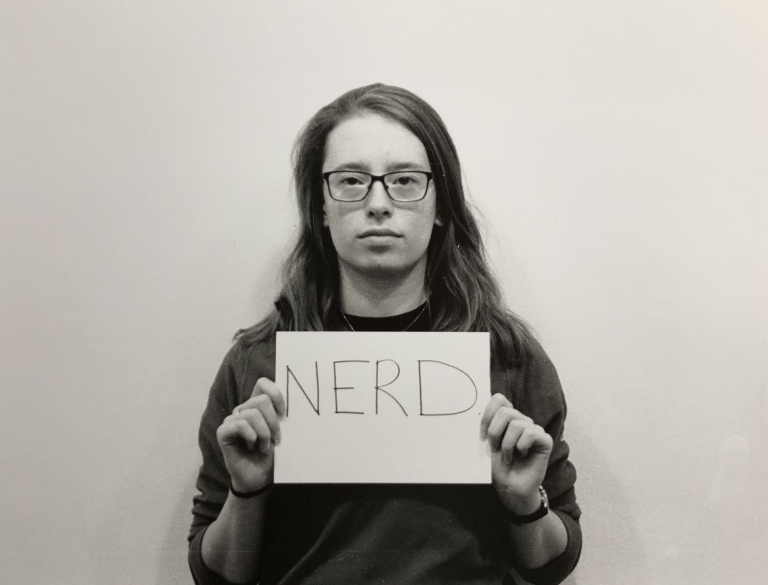Category: Professional Experience
-

I Am, We Are, Different By Design
I Am, We Are, Different By Design is a student-led Zine project in the School of Arts and Communication Design at the University of Reading, based on the topic of diversity. I Am Not The Label You Give Me featured as a double-page spread within this zine. All 20 photographs featured in this, as well as a…
-

Bloomin’ Exhibition London, Art Clubbers
I was invited to Stour Space, London, as part of Art Clubbers first exhibition, Bloomin’ – Growing into Art. This was somewhat a familiar experience of setting up exhibitions and collaborating together to ensure that all pieces were hung in a suitable time, and getting everyone the space that they wanted. I exhibited I Am…
-

Tate Exchange 2019
I was invited back to the Tate Exchange 2019 with Art Lab for ‘a series of participatory workshops that will enable visitors to explore the theme of movement’. There were several stations on the 5th floor of the Blavatnik Building in Tate Modern that lead people through different types of motion. Some of these were…
-

Study Abroad Exhibition
The study abroad exhibition was a hit success with works being displayed by Romaisa Bhatti, Celdice James, Hira Syed, Zoë Lee, Christine Glover and myself. We had a wide range of practices coming together in two locations to create a flowing exhibition, showcasing the work done while on study abroad in the previous term. I initially had concerns with my…
-

The Eye That Looks – University of Reading Creative Arts Anthology 2019
I was chosen to be part of this year’s University of Reading Creative Arts Anthology, which has for the first time, included visual arts as well as poetry and prose. This years theme is The Eye That Looks, somewhat very appropriate for the piece, Fire Escape Clarence, that I submitted while on study abroad at the University of…
-

Challenging stereotypes, one label at a time
Recently, in my term abroad at the University of Ottawa, I completed a collection of black and white photographs looking at breaking stereotypes. This work has now been published on the university’s website, along with a small written piece by Robert Greeley, for all to realise that ‘I Am Not The Label You Give Me‘.…
